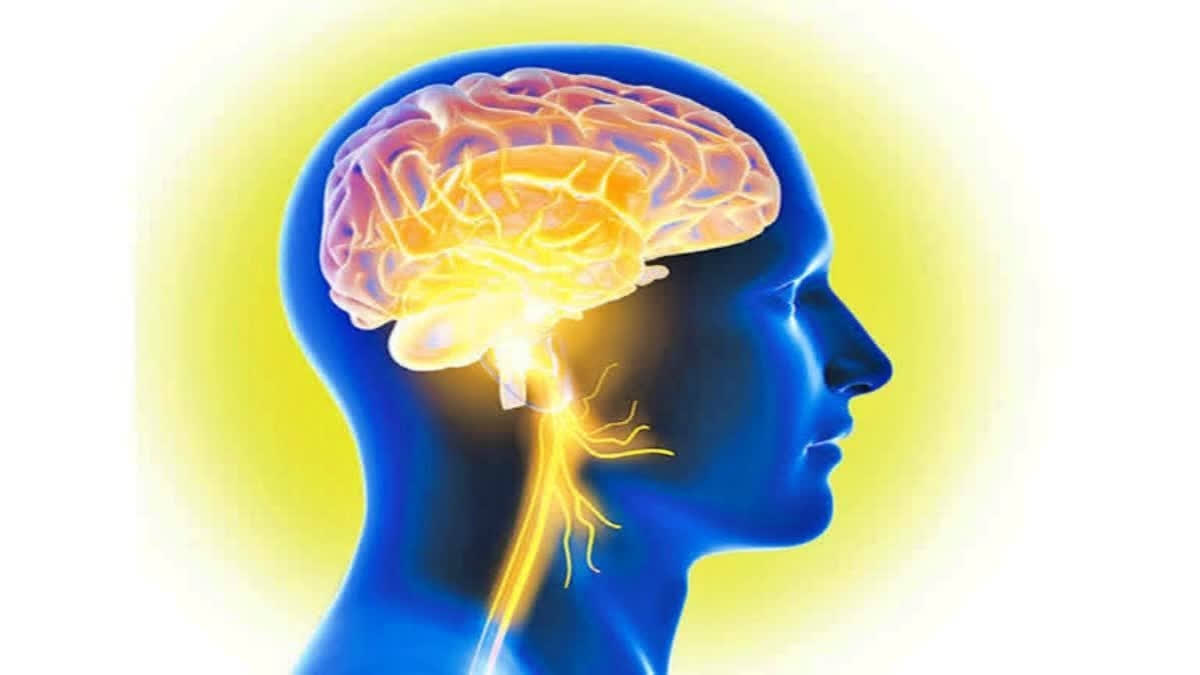New Delhi: Performing light-intensity exercises for a short duration was found to have improved the blood flow to children's cerebrum, known to help with cognition, according to a recent study.
The study by Japan's Waseda University enrolled 41 healthy children from fifth-grade elementary to third-year junior high school students to find out how short-term, light-intensity exercises affected the blood flow to the prefrontal cortex, located in the cerebrum and known to handle cognitive functions.
Researchers focused on exercises that can easily be performed on the spot without special equipment, such as stretching. Most of the exercises were performed while seated, with movements lasting 10 to 20 seconds.
The team used an imaging technique -- functional near-infrared spectroscopy -- to measure changes in blood flow to the brain by looking at concentrations of oxyhaemoglobin (that carries oxygen from the lungs to the tissues) while at rest and during the exercise.
According to the findings published in the Scientific Reports journal, the researchers found a significant increase in oxyhaemoglobin levels in multiple regions of the prefrontal cortex during all forms of exercise compared to the resting state.
"By combining the types of exercise that easily increase blood flow in the prefrontal cortex identified in this study, it is possible to develop an exercise program that everyone can easily engage in to improve children's executive functions. It may also be used in the future to prevent cognitive decline in adults and the elderly," said Takashi Naito, one of the authors and a doctoral student at Waseda University.
The authors further wrote that the study implies that short-duration, light-intensity exercises, provided that they entail a certain degree of cognitive and/or physical demands, can activate the prefrontal cortex and increase blood flow.
Previous studies have shown that physical exercise improves cognitive function in many ways such as by improving blood flow to the brain, by causing structural changes in the brain and by promoting the forming of new brain cells, or neurons.
However, as children around the world have been shown to insufficiently engage in physical exercise, leading to high levels of sedentary behaviour, the authors said that the study's results offer potential solutions.
The study is a significant step forward in combating sedentary lifestyles and activating brain functions in children, thereby supporting their physical and mental growth, they said.
"Our goal is to develop a light-intensity exercise program that is accessible to everyone, aiming to enhance brain function and reduce children's sedentary behaviour," Naito said.
Read More



